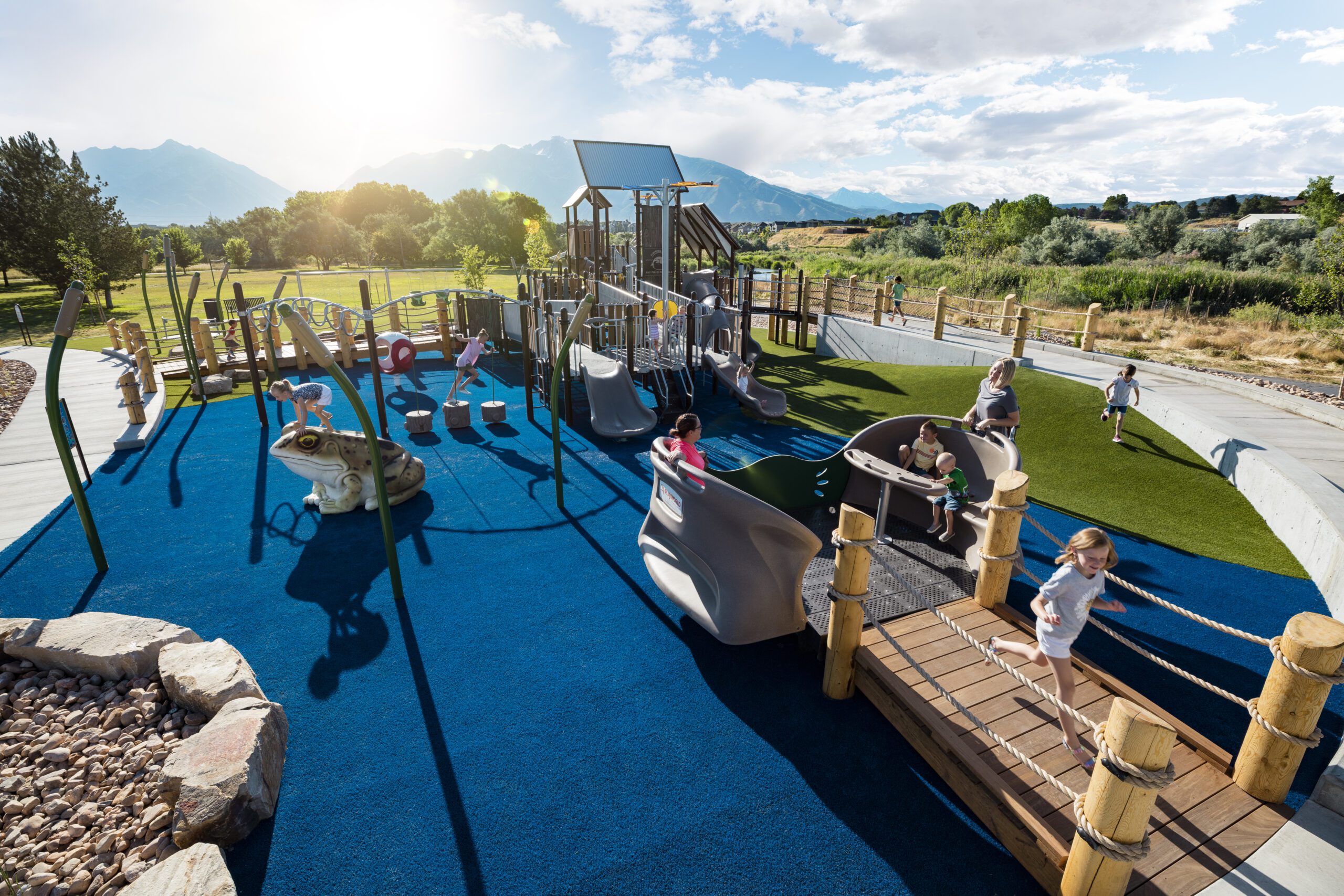Sustainable Playgrounds: Design Strategies for the Eco-conscious Architect
As we confront the realities of climate change, there’s an increasing emphasis on sustainable practices across all sectors, including playground design. Sustainable playgrounds not only reduce environmental impact but also offer opportunities to educate children about sustainability and nurture a connection with nature. In this blog post, we’ll explore sustainable design strategies for the eco-conscious architect looking to create the green playgrounds of the future.
Understanding Sustainable Playgrounds
Sustainable playgrounds aim to minimize their environmental impact by employing principles of sustainability throughout their design, construction, and lifetime use. This includes considerations such as the materials used, the energy required for manufacturing and installation, the playground’s life cycle, and how it integrates with the surrounding natural environment.
Sustainable Design Strategies
The following design strategies can help architects create more sustainable playgrounds:
- Use of Eco-friendly Materials: Choose materials that are sustainable, non-toxic, and have a low carbon footprint. This could include recycled plastic or metal, sustainably-sourced timber, or rubber made from recycled tires. These materials should be durable to withstand heavy use and resist weathering, reducing the need for frequent replacement.
- Energy-Efficient Manufacturing and Installation: Consider the energy consumed in the manufacturing and installation of the playground equipment. Opt for manufacturers that use energy-efficient processes, and consider local sourcing to reduce transportation emissions.
- Life Cycle Assessment: Consider the full life cycle of the playground, from manufacturing to disposal. Opt for materials that are recyclable or can be repurposed at the end of their life to reduce landfill waste.
- Natural Playground Design: Incorporate natural elements into the playground design, such as sand, rocks, water, and vegetation. This not only reduces the need for manufactured equipment but also offers children a chance to connect with nature.
- Water Conservation: Implement strategies for water conservation. This could include using drought-tolerant native plants in the landscape design, or employing permeable surfacing materials to reduce water runoff and allow for groundwater recharge.
- Educational Elements: Incorporate elements that educate children about sustainability. This could include interpretive signage about local flora and fauna, installations that demonstrate principles of renewable energy, or even a vegetable garden where children can learn about organic farming.
- Community Engagement: Engage the local community in the design and construction process. This not only ensures the playground meets the community’s needs, but also promotes a sense of ownership and encourages the community to maintain and care for the playground.
The Benefits of Sustainable Playgrounds
Sustainable playgrounds not only benefit the environment, but also offer benefits for children and the wider community. They can inspire children to care for the environment, stimulate their senses, encourage creative play, and promote physical activity. They can also serve as community gathering spots, fostering social interaction and community bonds.
In conclusion, the creation of sustainable playgrounds is a responsibility and an opportunity for architects. It requires a shift in mindset, from seeing playgrounds as standalone structures to viewing them as integrated, living parts of the landscape. By adopting sustainable design strategies, architects can create playgrounds that are not only fun and engaging but also promote environmental stewardship and sustainability. As architects of the future, let’s design playgrounds that our children, and our planet, will thank us for.




